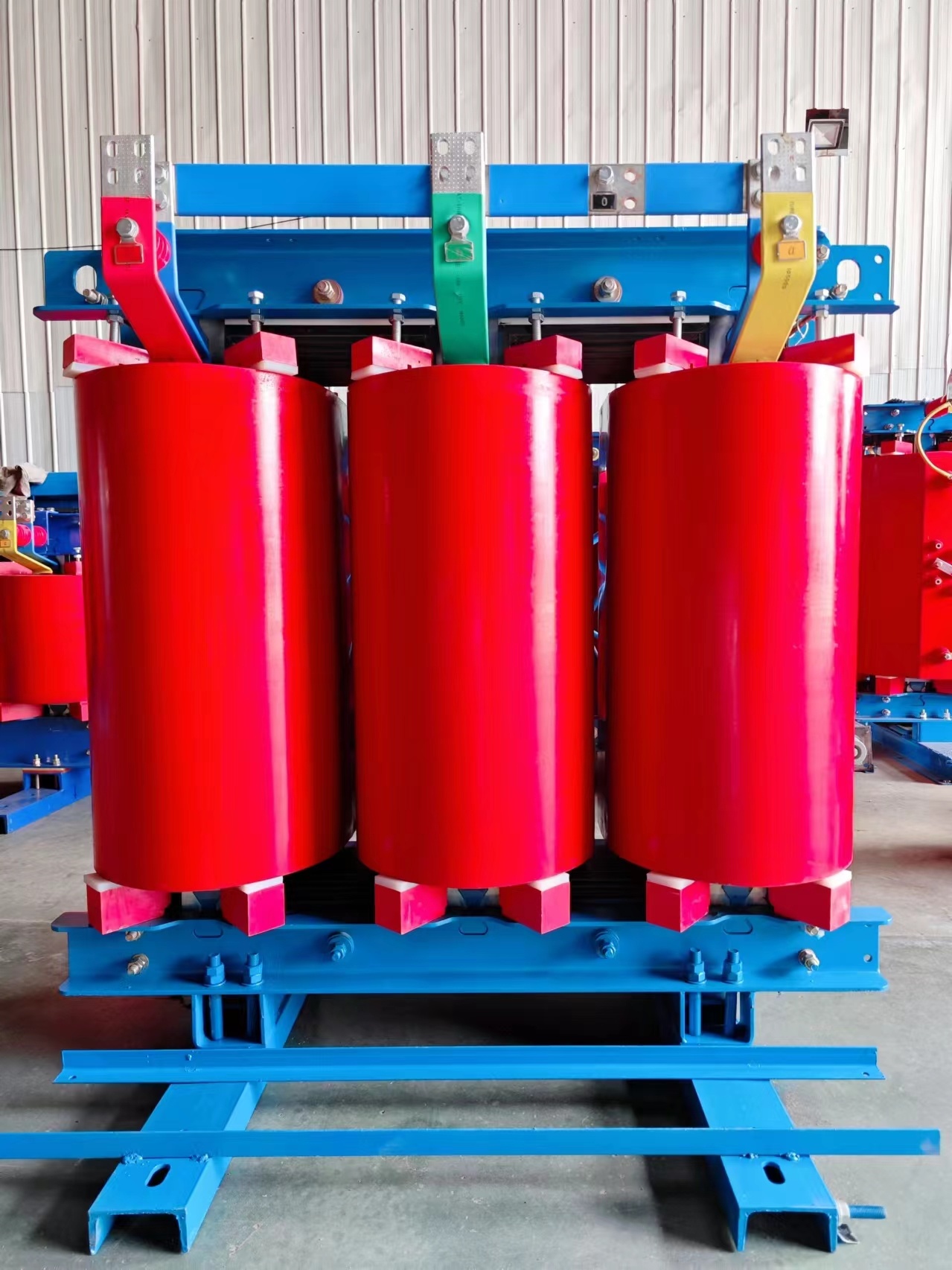Common issues with dry-type transformers
2024-07-22

Common Issues with Dry-Type Transformers
Common issues with dry-type transformers include excessive noise, high temperature, fire, oil leakage, excessive temperature rise, insulation aging, dust or foreign objects entering the transformer, decreased insulation resistance, multi-point grounding of the core, and tripping faults.
- Excessive Noise: This may be due to internal faults or abnormal operating conditions of the transformer, such as a 'buzzing' sound or irregular 'crackling' sounds.
- High Temperature: This may be caused by overload, short circuit, poor contact, or inadequate heat dissipation.
- Fire: Due to the complex internal structure of dry-type transformers and their operation under high voltage and large current conditions, fire is one of the common faults.
- Oil Leakage: Caused by aging or damage to sealing components.
- Excessive Temperature Rise: This may be due to heat generated by current passing through the coils. It is necessary to check whether the cooling system is functioning properly, regularly clean and maintain the heat dissipation equipment, and arrange loads reasonably.
- Insulation Aging: Long-term operation may lead to aging and damage of insulation materials. Regular insulation testing is required, and damaged insulation materials should be replaced in a timely manner.
- Dust or Foreign Objects Entering the Transformer: It is necessary to regularly clean the interior of the transformer to ensure that there is no accumulation of dust or foreign objects.
- Decreased Insulation Resistance: This may be caused by condensation of water vapor on the surface of the windings or debris such as dust. It is necessary to cut off power and clean the surface of the windings, using natural air drying or drying measures.
- Multi-Point Grounding of the Core: This may be caused by external factors such as dropped metal foreign objects or internal factors such as moisture in insulation materials. Cleaning and drying work is required, and step-by-step troubleshooting should be conducted if necessary.
- Tripping Faults: This includes tripping during power-on and protective actions during operation. It is necessary to check whether there are any issues with the appearance and internal devices of the transformer.
To ensure the normal operation of dry-type transformers, in addition to understanding these common issues, regular daily maintenance should also be performed. This includes checking for damage on the exterior, ensuring bolts are tight, checking for discoloration in cables, improving ventilation effects, and reducing the temperature of transformer windings to extend the lifespan of the transformer.
RELATED INFORMATION
Contact Us
E-mail:liuzhouboan@163.com
Phone/WeChat:13768899143
Address:Baian Transformer Co., Ltd., Liujiang District, Liuzhou City, Guangxi Zhuang Autonomous Region (209 National Highway)








